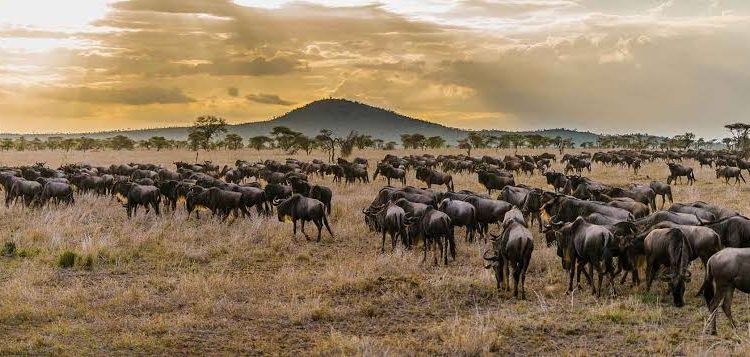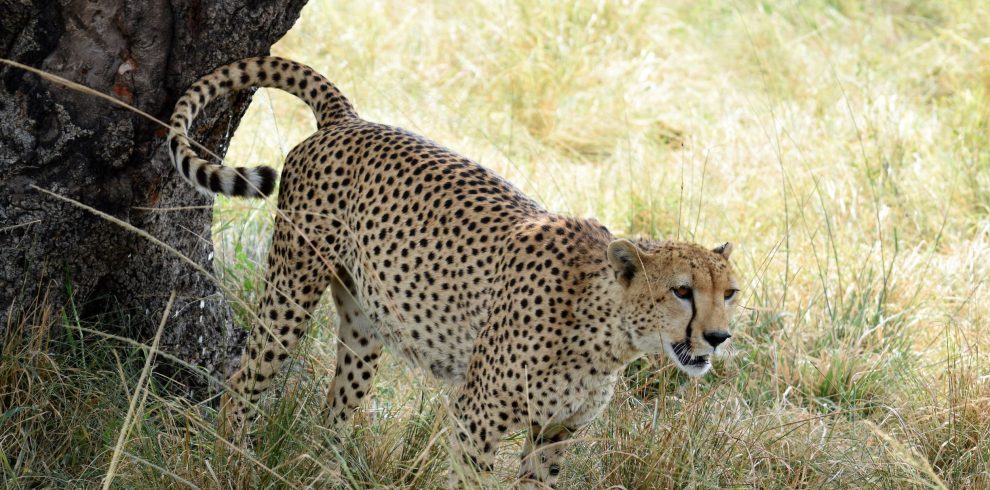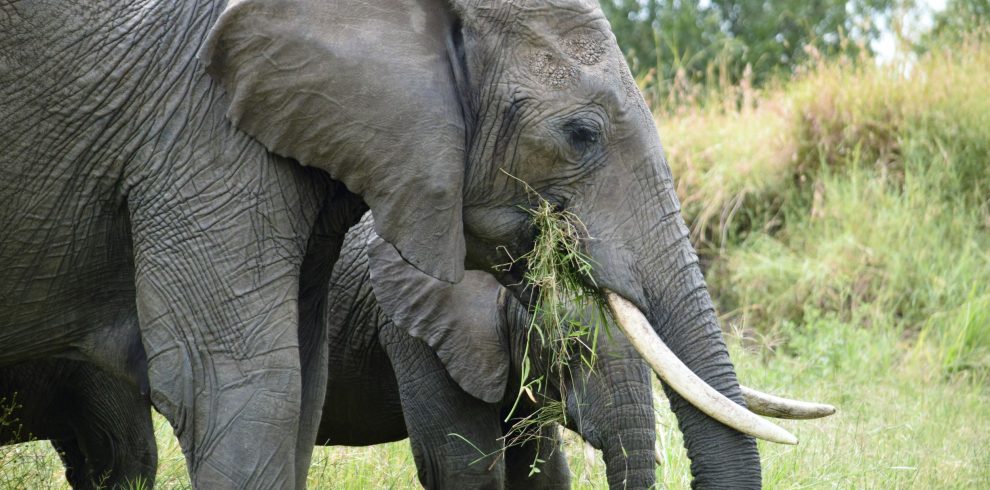Overview
This 6 Day Serengeti Migration Safari offers you the best of the early great migration events as they unfold in the Southern Serengeti. At this time of the year, the great migrating herds of wildebeests and zebras are situated at Lake Ndutu which is found in the Ngorongoro conservation area and a part of Serengeti eco-system and our main target is from Dec to April. From January it is the best time to witness the calving season as they spread out across the short-grass plains and predators are just around waiting for their opportunities to make a hunt.
Parks Visited
- Serengeti National Park
- Tarangire National Park
- Ngorongoro crater
- Lake Manyara National Park
Itinerary
Early morning after your breakfast you will be collected from your lodging in Arusha by our professional safari guide/ driver. We set out for Tarangire National Park on a 2 hr drive along a good tarmac road across gently rolling Maasai plains with scattered acacia trees. As we zip along we pass many Maasai in their colorful dress walking on the roadside, riding bicycles, herding cattle and driving donkey’s carts. Tarangire National Park, well known for its large elephant herds, is also host to a multitude of other creatures. From the open roof of our state of the art safari jeep, we experience the seasonal swamps, savanna and life-giving Tarangire River, endeavoring to encounter a multitude of creatures, from zebra to wildebeest, buffalo, elephant, and giraffe, to name a few. It is possible we will glimpse lion stalking prey or leopards watching, relaxing in the trees above.
After collecting full day memories in Tarangire we drive to one of our carefully selected accommodation for dinner and overnight stay.
Our Accommodation options for this safari depend on your package type preference, We are happy to recommend top notch lodge/ Camp options upon inquiry
After breakfast, we depart Tarangire National Park for Lake Ndutu region, situated in the Ngorongoro Conservation Area, a sublime landscape of the southern Serengeti ecosystem. The drive takes approximately 3 hrs, taking us across the beautiful landscape of The Rift Valley Lake Ndutu, alkaline like most of the other Rift Valley is frequently inhabited by a wide array of wildlife.
with appetites sated, undertake our game drive in the Ndutu region. The majority of the wildebeest migration can normally be found on the short-grass plains from December to April. After the late afternoon game drive, you will drive to your accommodation for dinner and overnight.
We enjoy a hearty breakfast then head out to enjoy a full day game drive in the Ndutu region. We endeavor to explore the range of different habitats found here that include swamps, woodland, soda lakes, and the world-famous Serengeti short grass plains. We will see the awesome sight of the great thronging herds of wildebeest and zebra. During a short time frame around January, normally lasting for about 3 weeks, the majority of the wildebeest calves, dropping in the region of half a million young in this awesome act of synchronized birthing. The sea of grass provides little cover and the young Wildebeest calves can run minutes after they are born and within 3 days they are normally strong enough to keep up with the herd.
As our full day of adventure upon the ‘Endless Plain,’ we transfer to our accommodation for dinner and Overnight.
After breakfast, we head out for an en-route game drive through the Serengeti. We may, with lady luck on our side, spot all of the “Big Five- across the ‘Endless Plain’ to The Ngorongoro Crater. This UNESCO world heritage site formed millions of years ago with the massive explosion of a volcano once higher than Kilimanjaro is 610 m deep and covers roughly 304 square kilometers. Due to its dense animal population of approximately 25 000 ungulates, the Crater offers the best game viewing. We will arrive at the Crater rim before lunch. with our overview of the spectacular landscape that spreads out before our eyes stored in our memories and memory cards, we descend the bumpy winding track that brings us onto the Crater floor and, very quickly, we will be able to see wildebeest, zebra, gazelle, elephant, perhaps our luck, black rhino through the grass.
After lunch and a full afternoon inside the Crater, we transfer to our accommodation in Karatu for dinner and an overnight stay.
After our last breakfast in Karatu, we transfer to our final destination of this epic safari – Lake Manyara National Park. This, a relatively small but diverse park, 120km west of Arusha, is so named for the shallow salt lake that covers some seventy percent of the surface area, flooding and drying with the seasons and home to thousands of flamingo and in the extraordinary region of 500 other bird species. On our exploration of the park we will see monkey, giraffe, zebra, wildebeest, buffalo, elephant, and, with some luck, lions lounging in the trees. The park is known for its diverse landscapes; not only open grassy plains but also primate-filled woodlands and baobab dotted cliffs. After lunch, we head back to Arusha where we will arrive in the late afternoon, our adventure at its inevitable end, with all the sights and sounds of wild East Africa tucked away in our mind for our adventure in life’s journey.





